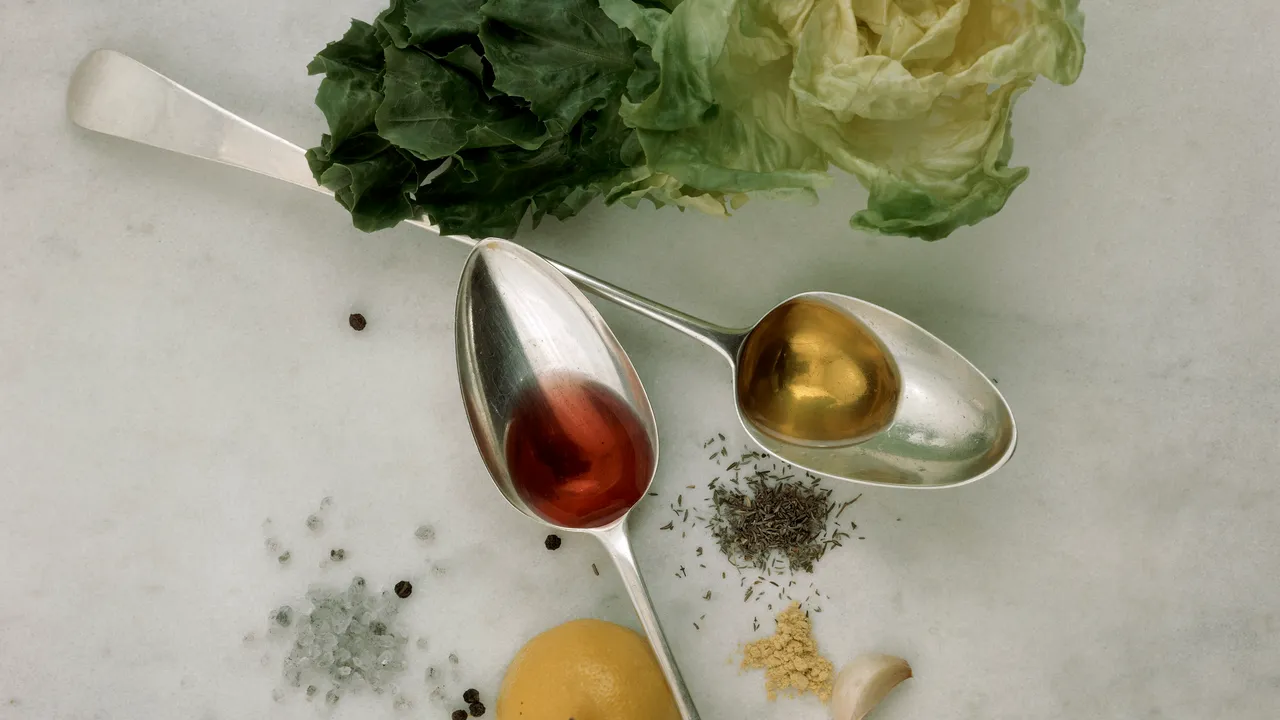
This Anti-Inflammatory Japanese Condiment Has Impressive Gut Health Benefits
How did your country report this? Share your view in the comments.
Diverging Reports Breakdown
This Anti-Inflammatory Japanese Condiment Has Impressive Gut Health Benefits
Umeboshi acidulate is a special vinegar-like liquid that’s made by fermenting Japanese ume plums with salt and shiso leaves inside wooden barrels for at least a year until they are pink. It contains calcium, iron, phosphorus, citric acid, and salt. It is said to be: anti-inflammatory, anti-emetic, detoxifying, digesting, and aiding intestinal absorption of minerals. There are no particular side effects, but it should be consumed in moderation by those with hypertension. In Japan, it is often used to season white rice, making it ideal for any grain that could use a burst of additional flavor.
Among Japan’s most beloved fermented foods are umeboshi plums, which undergo a fermentation process that can take years. Yet, these small pickled fruits are not just tasty, they’re filled with health benefits.
Better yet, the maceration process of these little plums yields a liquid called umeboshi acidulate that has a distinctive sour-salty flavor and anti-inflammatory properties that support gut health. No wonder it’s one of the most popular condiments in Japan.
What is umeboshi acidulate?
Umeboshi acidulate is a special vinegar-like liquid that’s made by fermenting Japanese ume plums with salt and shiso leaves inside wooden barrels for at least a year until they are pink. Umeboshi acidulate is obtained when the plums are removed and pressed, resulting in a sour and salty fermented liquid rich in beneficial bacteria that is good for gut health and makes an ideal condiment for many dishes.
What does umeboshi acidulate taste like?
Umeboshi acidulate has a bold, intense sour-salty flavor with pleasant floral-fruity notes. Some describe it as tangy and packed with umami.
Health properties of umeboshi acidulate
Sometimes called ume plum vinegar or umeboshi vinegar, umeboshi acidulate contains calcium, iron, phosphorus, citric acid, and salt. In addition, it’s said to be:
anti-inflammatory
antioxidant
alkalizing
antacid
antiemetic (nausea reducing)
digestion-supporting
facilitates intestinal absorption of minerals
strengthens intestinal bacterial flora
liver detoxifying
Contraindications
There are no particular side effects from using umeboshi acidulate, but because it is high in salt, it should be consumed in moderation by those with hypertension.
How to use umeboshi acidulate
Use it in the same way you would use regular apple cider vinegar—just skip the salt since it’s already fairly salty. Use it to dress salads with extra virgin olive oil, or on cooked or raw vegetables. In Japan, it is often used to season white rice, making it ideal for any grain that could use a burst of additional flavor.
Umeboshi acidulate can also be used to season main courses. Try in place of any other vinegar in recipes that call for vinegar, salt, or soy sauce.
Red onions pickled in umeboshi acidulate
Marinating red onions in umeboshi acidulate makes them flavorful, salty, and easily digestible. Slice the onions into crescents to add to salads, or dice and sprinkle over quinoa.
Source: https://www.vogue.com/article/umeboshi-acidulate
